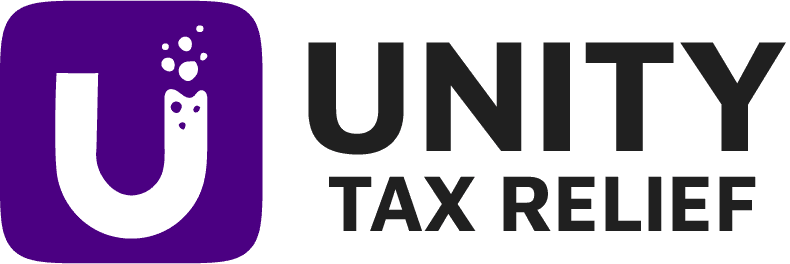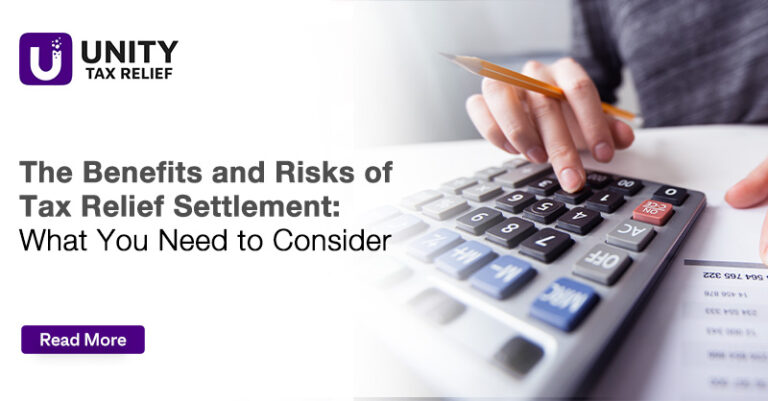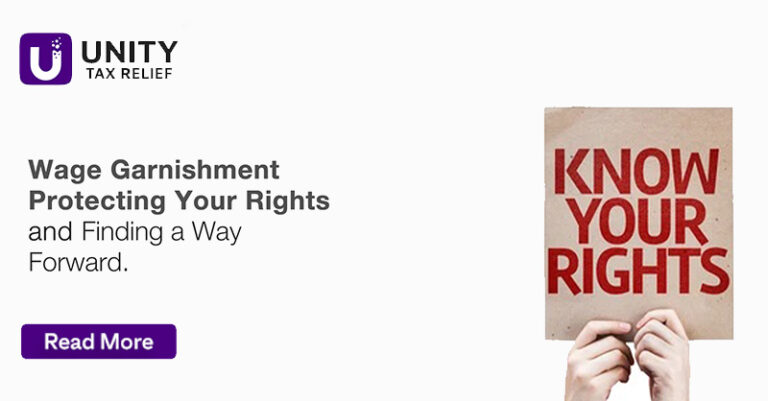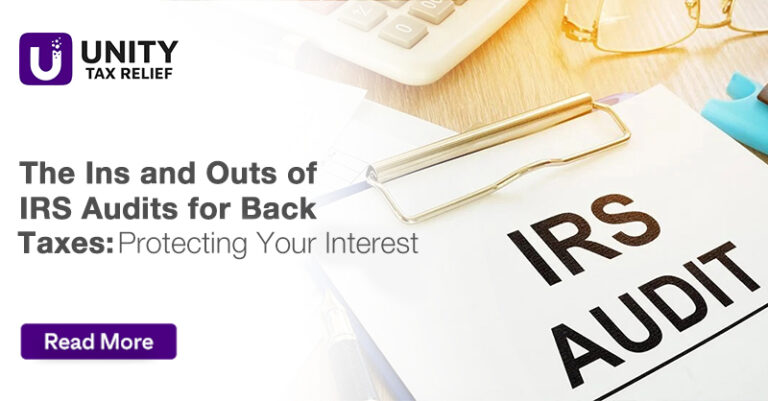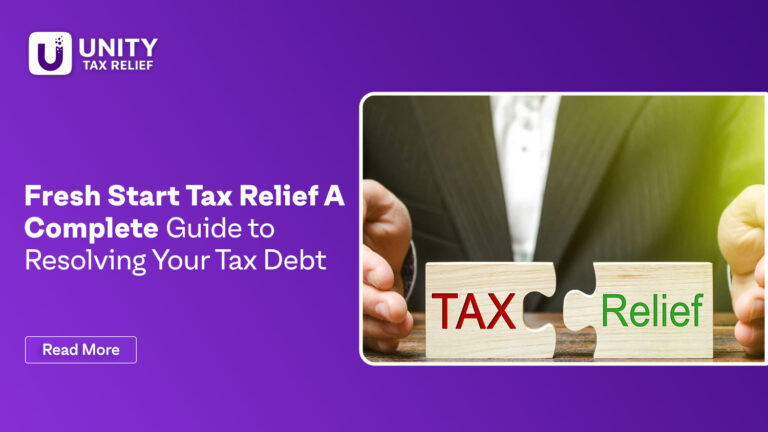The Internal Revenue Service (IRS) Fresh Start Program was established to assist taxpayers with problems completing their tax obligations. It aims to help individuals and small businesses by offering affordable payment plans and tax debt resolution options.
The concept of tax relief conventionally refers to a range of things in the context of taxation. Tax relief generally refers to any governmental effort, concession, or incentive that supports taxpayers in legally minimizing or reducing their tax payments. Tax credits, certain deductions, and stimulus cheques or rebates are popular tax breaks.
The primary object of the Fresh Start program is to offer additional support to everyday taxpayers who are struggling to meet tax liabilities. Businesses and individuals affected by natural calamities such as floods, earthquakes, hurricanes, etc., can effectively avail of tax relief or extend tax payment deadlines through the IRS Fresh Start Program. The IRS ensures to work with a detailed disaster list to assist individuals under the Fresh Start program.
Your individual tax situation will determine the best sort of tax debt relief for you. It is important to note that the IRS Fresh Start Program does not actively encourage tax debt relief. That is why you should seek the assistance of a qualified tax service to explore your tax debt relief options and select the best one for you.
Qualification for Tax debt relief?
Trying to catch up on your IRS payments might put you in a financial bind and create a lot of stress. Tax debt relief is frequently provided in specific circumstances to assist individuals or organizations who are unable to satisfy their tax obligations.
The Fresh Start Program IRS tax relief criteria vary based on the jurisdiction (country, state, or local government) and the type of tax obligation (e.g., income tax, property tax, sales tax). However, the following are some common instances in which you may be eligible for tax debt relief:
- Financial Struggle: You may be eligible for relief if you show that paying your tax bill will cause significant financial hardship and that your necessary living expenditures exceed your income.
- Currently Not Collectible Status: If you cannot pay your tax bill, the currently not collectible status suspends any collection actions such as bank levies, wage garnishments, and tax liens.
- Bankrupt: Under specific laws and conditions, tax debt relief may be offered if bankruptcy is declared.
- Natural catastrophes: Taxpayers afflicted by natural catastrophic occurrences may be entitled to tax relief from authorities.
- Injured Spouse: When filing a joint tax return, one spouse may owe money while the other is entitled to a refund. The IRS can apply the rebate toward that spouse’s debts in this situation.
Steps to Get Tax Relief
Applying for the Fresh Start program is simple, depending on the provision you need.
- Verify Eligibility: To determine your eligibility, evaluate the conditions for the particular provision on the IRS website or think about speaking with a specialist.
- Collect Documents: Gather required papers, such as income statements, bank statements, tax returns, and anything else demonstrating your financial standing, to help the IRS assess your situation and choose the best provision for you.
- Consider Options: After carefully weighing the benefits and drawbacks of each choice, decide on payments and relief options that best suit your unique situation.
- Submission of Application: After selecting the ideal payment method, fill out the application form and submit it along with the necessary supporting documentation. Please thoroughly check the information you submit to prevent delays or rejections.
- Await Decision: The IRS will examine the application after it has been submitted. Because it is a lengthy procedure, keep in touch with the IRS and wait patiently for the results.
- Comply with Instructions: If and when the IRS approves the application, make sure to comply and follow up with the provisions of the application.
Tax Debt Relief Options
It might be annoying to owe the IRS money, especially if you can’t easily access it. You can use a variety of tax relief payment methods in this situation. The next step is to decide what is best for your personal circumstances from all the IRS Fresh Start Program options.
- Installment Agreements: With the help of installment agreements, taxpayers can settle their debts with regular, smaller installments. The taxpayer is assisted in meeting their tax obligations by this tax debt relief, which will last until the debt is fully repaid.
- Offer in Compromise: If taxpayers can demonstrate that they cannot afford to pay the total sum due, some tax authorities will allow them to settle their tax liability for less than the total amount owed. This typically calls for providing precise financial information.
- Penalty Abatement: Under the Fresh Start Program Penalty Relief, taxpayers with a good compliance history may ask to have a set number of fines waived. Requests for penalty reductions are free of charge and assist in minimizing the overall debt.
- Currently Not Collectible: Taxpayers who meet the requirements for this status and can demonstrate that they lack the resources to make regular payments are entitled to have any further payments, such as bank levies, wage garnishments, and tax liens, suspended.
- Lien Withdrawals: For taxpayers with direct debit installment plans, the release of the federal tax lien may be demanded following the achievement of specific goals or full repayment of debts.
Conclusion
For people and small businesses drowning in tax debt, the IRS Fresh Start Program is a lifeline. It offers a new beginning toward financial stability by providing longer payment terms, more straightforward contracts, and debt reduction.
It is crucial to remember that fresh start tax relief rules and regulations are subject to modification, so always confirm information with up-to-date sources or get advice from a certified tax professional before deciding on taxes.
